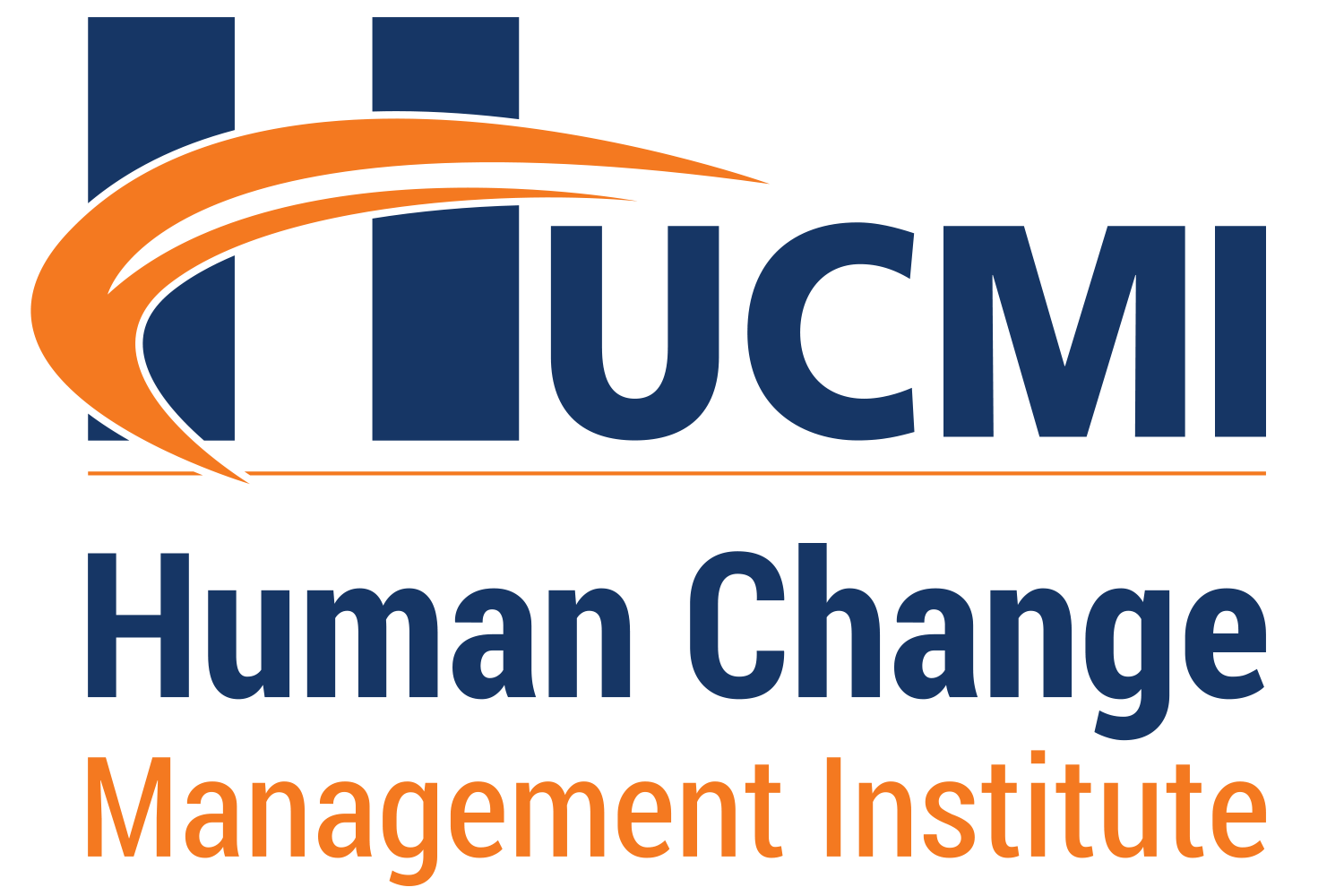People just stick to standards and stop using their creativity. This is why it is important to manage creativity, providing techniques that enable project teams to use all their creative potential as part of your change management rollout.
“Creativity is like a beard; you will only have it if you let it grow.”
Voltaire
According to George Land and Beth Jarman in Breakpoint and Beyond: Mastering the Future Today (1998), 98% of children up to five years old can be considered highly creative, and only 2% of adults over 25 years old achieve this classification.
Creativity is the competency to conceive new things, innovation requires an entrepreneurial spirit to select and turn creative ideas into true innovations, capable of creating competitive differentiators that lead to productivity gains and profitability. Projects are excellent opportunities for organizations to innovate. However, innovations are not spontaneous. They need to be stimulated and encouraged in the organizational culture.
It is not easy to get people out of their comfort zone and implement a creativity and innovation-oriented culture, but the effects are so positive for change that every effort is worth it.
The most common scenario is the attachment to paradigms, which ends up turning projects that should produce great benefits to the business into mere technological development, wasting the opportunity to rethink business processes and rules to produce innovations and position the organization at a new competitive level.
The power of the paradigm is such that no means of printed communication, such as newspapers and magazines, could find solutions for the opportunities provided by digital advertising. On the contrary, they were victims of the fast digitalizing of the world. In a decade, these media saw their advertising revenue (with adjusted inflation) plummet to a lower level than that recorded in 1950, according to the Newspaper Association of America (now the News Media Alliance), as reported in 2013.
Similarly, it was not the major hotel chains that created the famous lodging website AIRBNB. AIRBNB currently exists in more than 190 countries; its market value in 2016 was US$30 billion (Huet & Newcomer, 2016), exceeding that of some giant hotel chains, without even having a single hotel.
Encouraging people to use their creativity can infuse the solutions brought by the project with the DNA of these stakeholders, tremendously expanding their perception of “parenthood” for the generated change. The effect on the engagement of those who co-create is impressive. Motivation is expanded and
people feel valued, reaching a higher level of personal fulfillment, and becoming sellers of change.
Aspects of a creative environment that lead to innovation are as follows:
· Freedom and confidence for people to express their ideas without being criticized and ridiculed.
· Playfulness and good humour
· Incentives and inspiration from leaders
· Capacity to take risks and tolerate well-intended attempts and failures
· Application of techniques and processes to stimulate creative debate.
· An inspiring environment
· Collaboration and enrichment of ideas
It is the change manager’s responsibility to aggressively apply and promote techniques that encourage identifying creative solutions for project and business problems, by influencing leaders and acting as a facilitator so that the proper techniques can be applied.
Encouraging creativity and innovation as part of your change management rollout is one of the trends of The Third Generation of Change Management (https://changemanagement.software/the-third-generation-of-change-management/)
Want to learn more about HUCMI’s international training and certification programs? Visit us on: https://hucmi.com/gestao-de-mudancas-treinamento-e-certificacao/
Follow us: https://linktr.ee/hucmiinter

